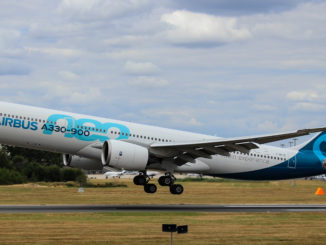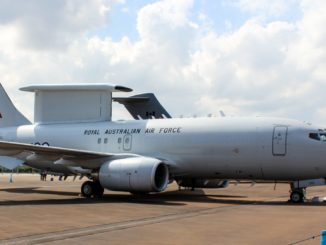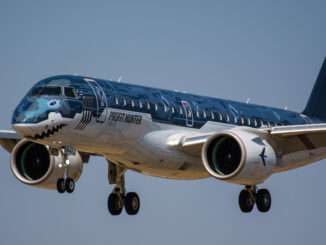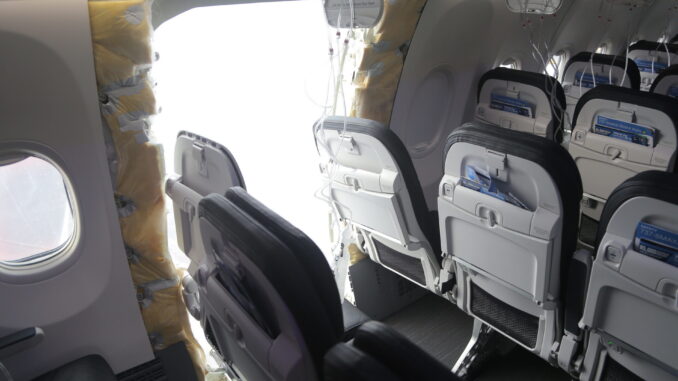
Boeing 737 Max 9s being grounded across North America is just the latest in Boeing’s woes with its Max product line so is it time for Boeing to rethink things?
Well, that of course depends on the NTSB’s findings but the 737 Max first came to headline news when the Max 8 ended up being grounded for almost two years following two fatal crashes which were attributed to a software flaw on the aircraft.
The resulting changes and recertification made it the most scrutinised in aviation history but yet, frequently, there seem to be flaws in the product being exposed, most recently the structural failure on an Alaska Airlines 737 Max 9.
Boeing is only just getting other its production line quality control issues which delayed delivery of the jets to several airlines and only last week, a loose bolt was found on a rudder linkage prompting an urgent bulletin requiring inspection of 737 Max 8 aircraft, the most popular variant.
But a whole emergency door ripping off the aircraft in flight is another level and questions are already being asked as to whether it’s an inherent design flaw or poor quality control.
What we do know is that leading up to the incident, the aircraft had been restricted away from ETOPS (Extended Twin Operations), long flights over water, due to reports of pressurisation warnings from the flight crews which may give a clue to a smaller problem becoming a bigger problem with the integrity of the door or the fuselage around the door and that is what the NTSB will be seeking to determine.
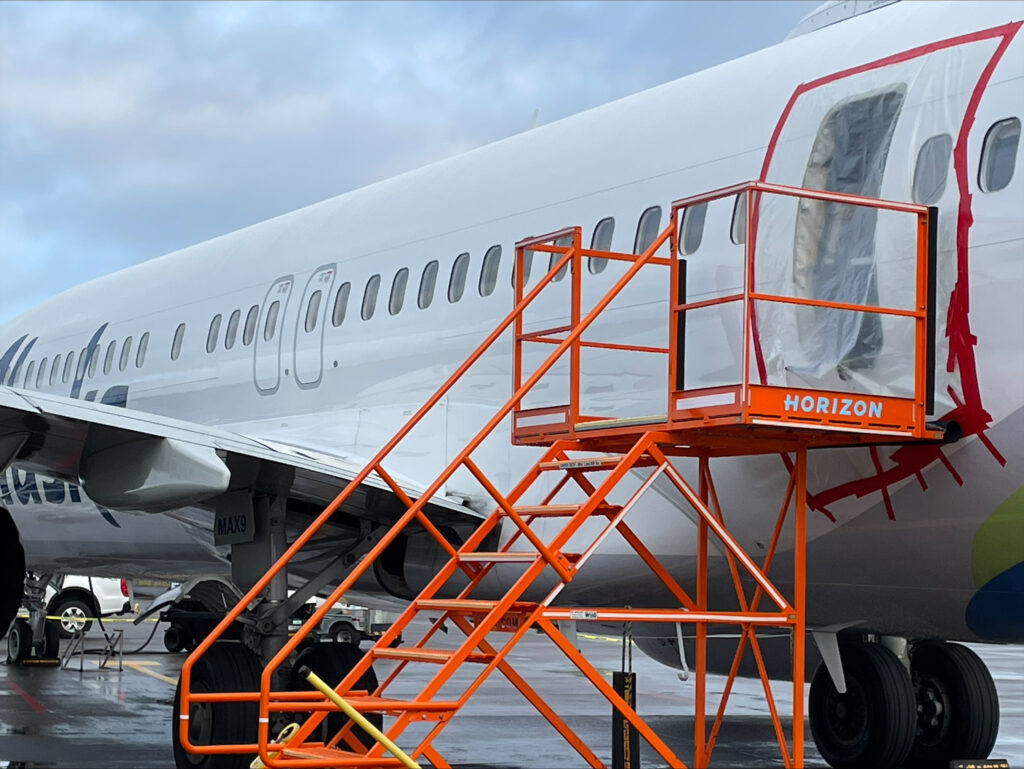
The door has now been recovered in a garden under the plane’s flight path and this will now be assessed to determine what is impact damage when it crashed into the ground and what is damage caused by the tearing away from the aircraft.
Boeing will be keen to determine as quickly as possible if this is a one-off event or an inherent problem with the Max 9 and the airline operators, which are mainly North American, will also be watching closely.
In a statement following the incident, Boeing said: “Safety is our top priority and we deeply regret the impact this event has had on our customers and their passengers. We agree with and fully support the FAA’s decision to require immediate inspections of 737-9 airplanes with the same configuration as the affected airplane”
If it does turn out to be a flaw with the aircraft design itself then it could be a very costly process to change, a flaw with the door is not so costly but will still require changes to all Max 9s in service and on the production line.
If it turns out to be a quality control issue then it is something that Boeing can rectify as it has before with other QC issues but airlines will be seeking reassurances from the airframer and every issue that arises, dents the confidence of potential purchasers.
But for now, it is a case of waiting for the NTSB findings on the incident only then will Boeing know what it can do to fix it.


